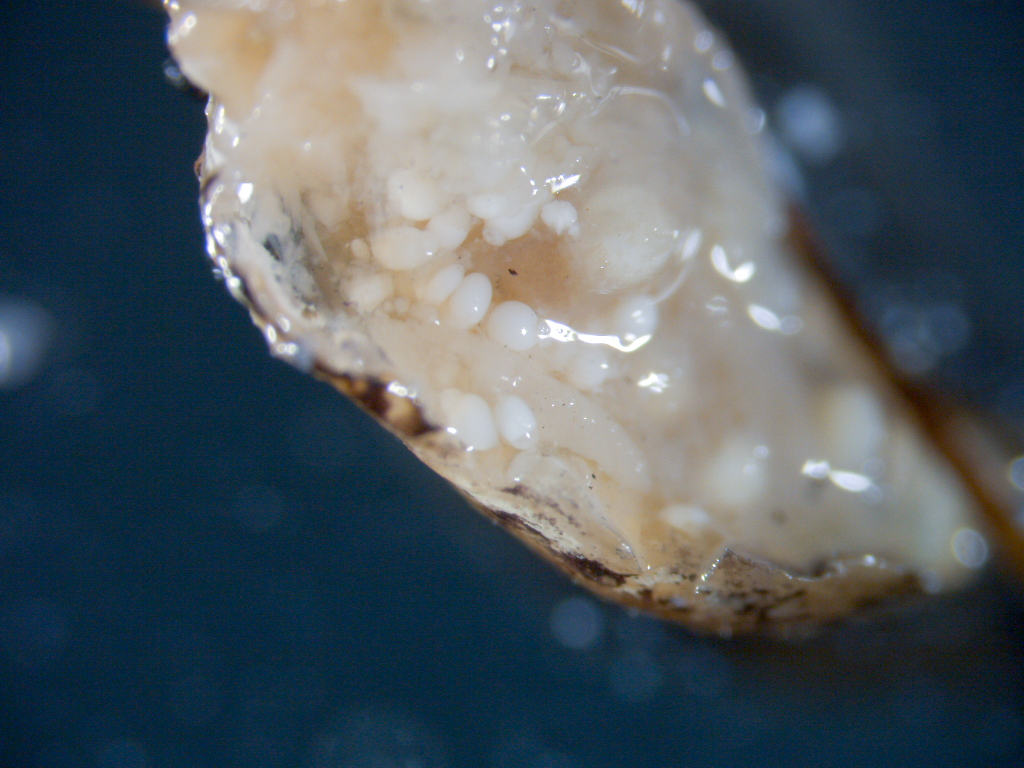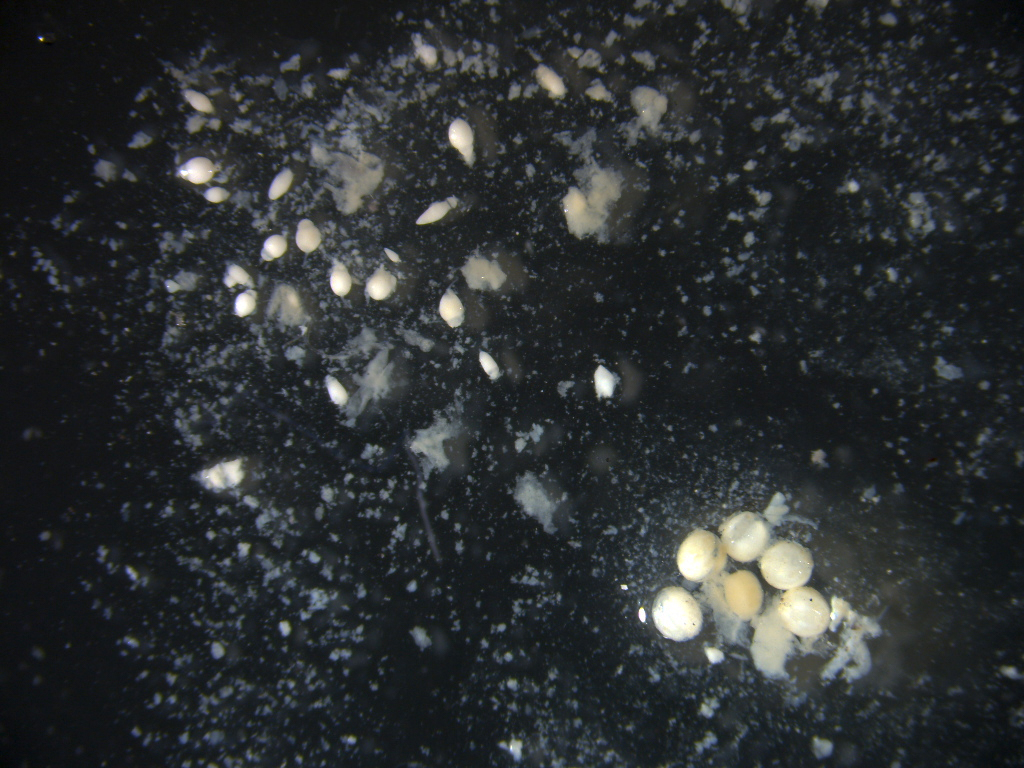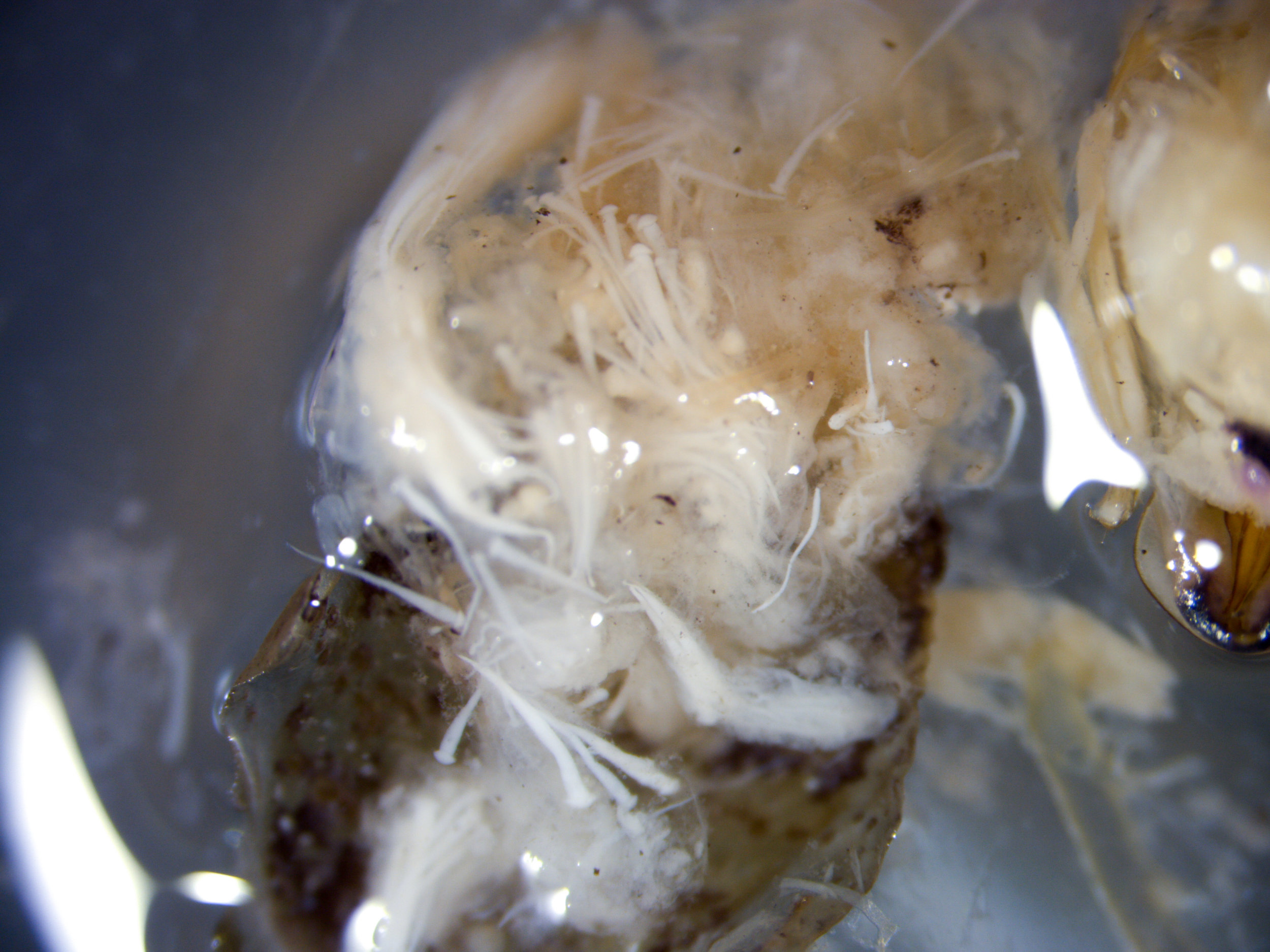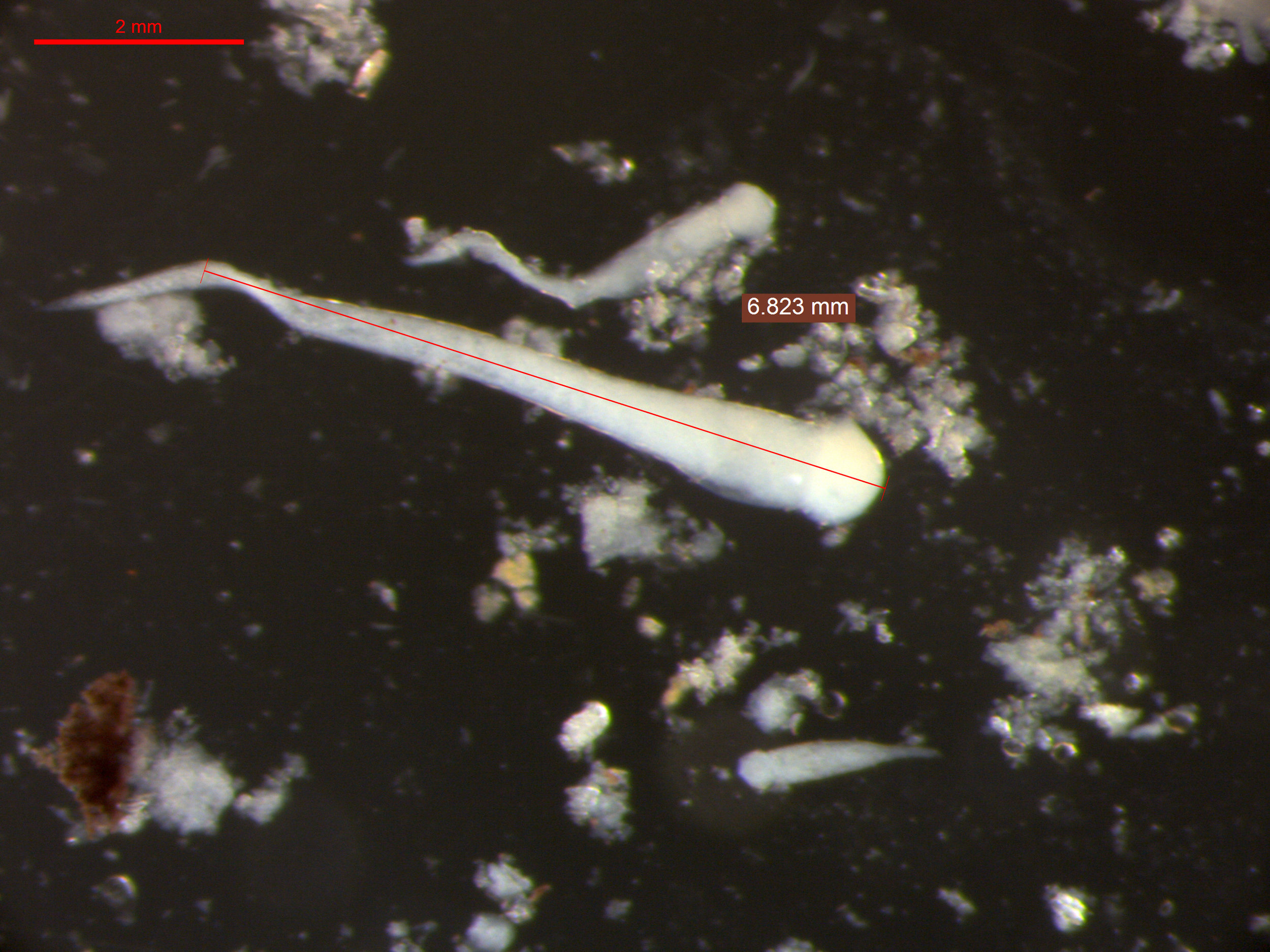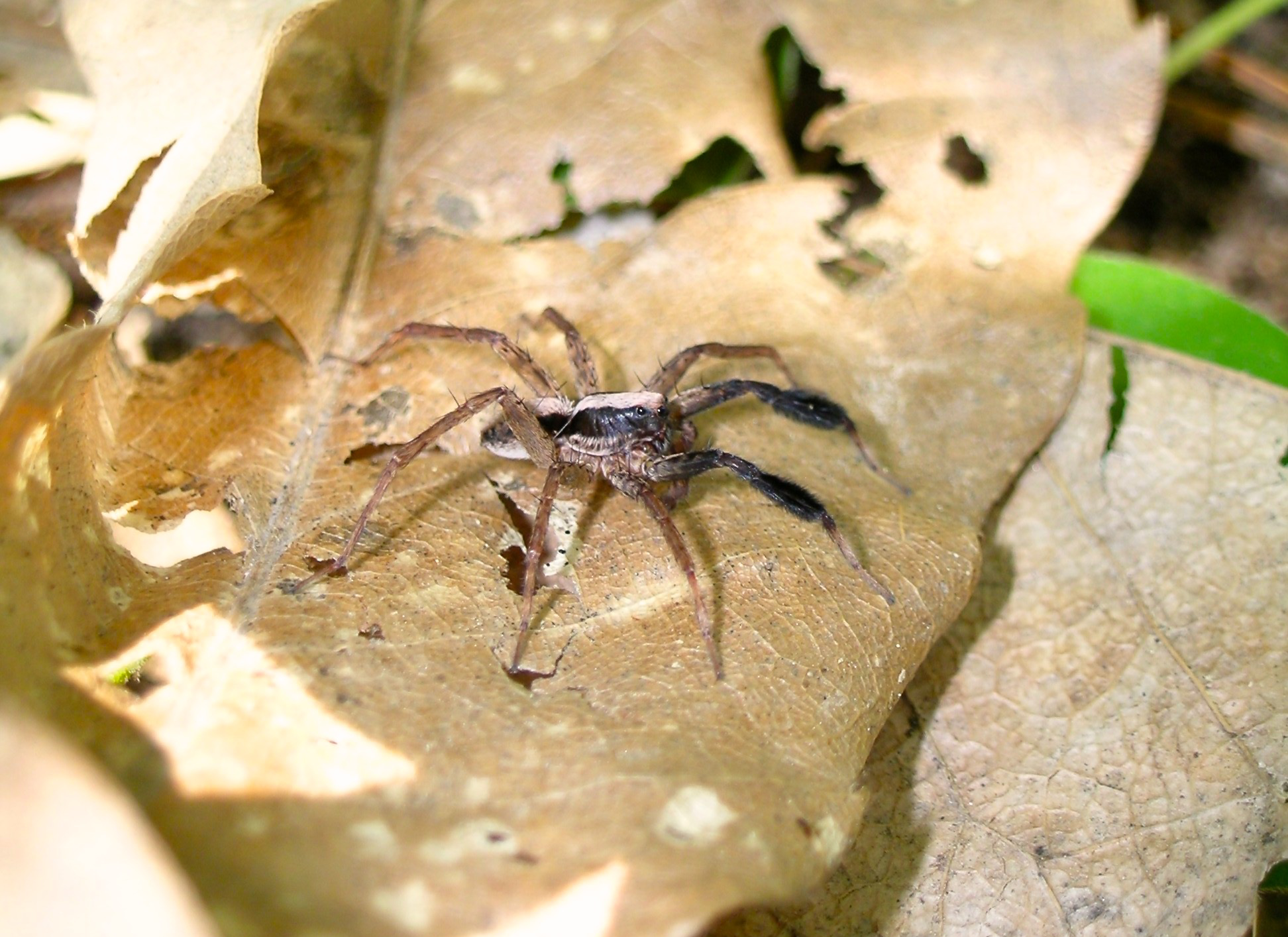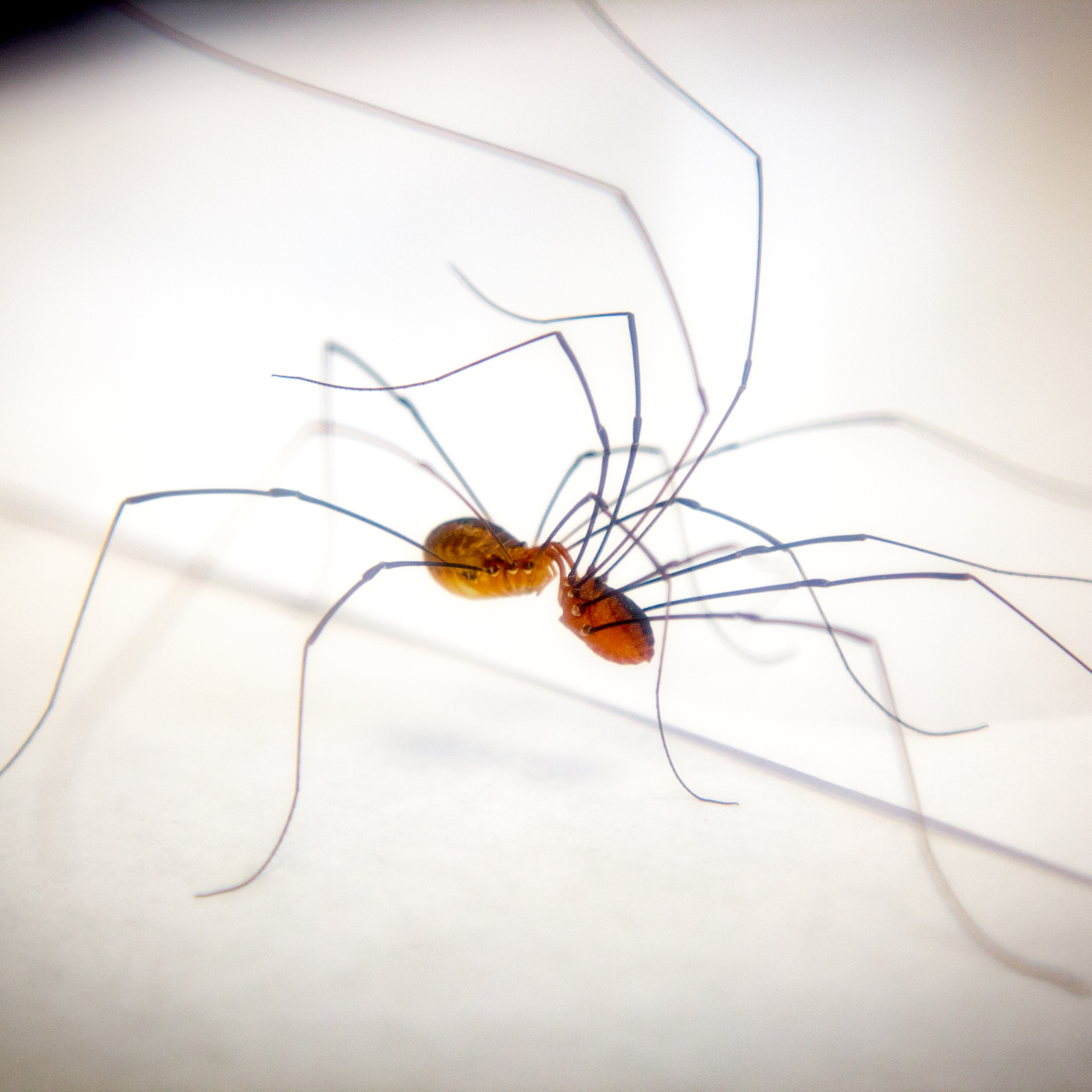The physiological and behavioral ways that arthropods detect and escape predators
Attracting mates, finding food, and generally going about your day can be very risky when predators are around. Thus, animals have evolved a variety of ways to detect, avoid, and escape predators to increase their survivorship.
To avoid predators, prey species can delay the timing of their courtship rituals or push their activity time to different parts of the day or year. Many prey species have also developed physical and behavioral traits that make them good at escaping when attacked. In short, surviving predation is important work, and natural selection has led to some interesting and creative ways for prey species to outsmart their predators.
To better understand how predator and prey co-exist, we use a variety of arthropod species and their predators and look at three aspects of predatory-prey interactions.
we explore 1) the types of "sensory cues" (e.g. sight, sound, or chemicals) that prey use to DETECT PREDATION THREATS; 2) how individuals change their behavior when a predator is around to avoid detection; and 3) the behavioral, physiological, and physical tactics that individuals use to escape an attack.
Predator avoidance in harvestmen
harvestmen have some pretty extraordinary means of avoiding predation.
They produce defensive chemicals that they secrete through openings (ozopores) behind their second legs. They can drop and run from their perch. Most dramatically, they drop their legs from their body (autotomization), with the legs twitching for up to minutes to distract predators. We are interested in individual and species-level variation in how harvestmen use their defenses, and how impairment of defensive strategies affects predation. We are also investigating which sensory cues they use to detect an impending attack. This project is relatively new, so check back for updates soon!
Watch this video (produced by PBS's DEEP look, in consultation with Kasey) to learn more.
Harvestmen & parasites
HARVESTMEN HAVE MORE THAN JUST PREDATORS TO WORRY ABOUT – THEY ARE LOADED WITH PARASITES CALLED GREGARINES!
Gregarines are large (roughly half a millimeter) parasites that inhabit the intestines of a large number of invertebrates. Currently, about 250 genera and 1650 species are known in this taxon. Most species have life cycles that involve just a single invertebrate host (e.g. harvestmen). We are learning more about these fascinating creatures, and how they might influence behavior, in collaboration with Leticia Soares.
Treehopper anti-predator behavior
Enchenopa binotata treehoppers are small (~1/2 cm), plant-feeding insects that communicate using acoustic vibrations. Males fly from plant-to-plant searching for mates and produce advertisement signals when they land. These wandering males risk being caught in sticky spider webs when they fly, or detected and attacked by predators while perched on a stem.
watch a high-speed video of a treehopper taking flight
Treehoppers often perform acrobatic flips when moving between plants and branches in search of mates. These somersaults are usually directional (i.e. treehoppers flip forward or backward in a single plane), but they can become very sloppy and non-directional when they are used as an escape mechanism. And, sometimes, the treehoppers just let go and free fall.
Watch these videos to compare treehopper somersaults
Forward (normal) flips
Free fall escape
Evidence suggests…
Our data show that treehopper flips get WAY less directional in the presence of predators (Figure 1). Notice that the proportion of front flips went way down when predators were around, and the proportion of non-directional, sloppy flips went way up. This suggests that these non-directional flips are an important mechanism for treehoppers to escape.
Figure 1
We have also shown that treehopper males are slower to take flight in the presence of a predator (e.g. spiders, simulated by the presence of silk). When the treehoppers thought that spiders were around, they waited almost twice as long to take flight than in the absence of predators (Figure 2). Read the paper here!
Figure 2
But enough about treehoppers...what about SPIDERS?
Ornamentation & Predation in spiders
Male wolf spiders perform courtship dances coupled with vibrational songs to attract female affections. In the genus Schizocosa, there is a population in which two types of males exist: one with ornaments (large black brushes on their legs) and active courtship displays, and one without ornaments with a more stationary courtship display. Ornaments and active courtship can help attract females, but they can also attract more predators (often larger wolf spiders).
Watch these videos to compare courtship conspicuousness
Non-ornamented male
Ornamented male
How do more conspicuous males survive?
With all of that dancing and ornamentation, why aren't all of the conspicuous males eaten by predators? Turns out that males that are more conspicuous have evolved a variety of mechanisms to avoid being seen and captured by predators. One mechanism is that males are not as likely to court when they know predators are nearby. They also are betting at escaping once attacked.
Explore more projects
Too Hot TO sing
Temperature variation and mating behavior in treehoppers
Global warming poses unknown challenges to the abilities of animals to attract and find suitable mates. In this study, we use Enchenopa binotata treehoppers--captured across a latitudinal gradient--to better understand the plasticity of male signals and female preferences in response to temperature changes, as well as their potential consequences for reproduction.
Harvestmen Sex
Environmental, Physiological, and Social Drivers of Mating Behavior
The harvestmen of North America exhibit high diversity in mating behavior across even closely related species. In this study, behavior is compared across species, as well as across geographically separated populations of a single species, in order to better understand the determinants and dynamics of mating behavior.
sound art
Experience Life as an Insect in the Leaves
The Sound Art project began with a fortuitous meeting between Kasey and world-renowned sound artist Stephen Vitiello. In 2015, Kasey and Stephen developed an immersive audio exhibit that brought visitors into the depths of plant-borne sound. Today, Kasey and Stephen are developing their next exhibit, which will demonstrate how global warming may influence communication in vibrational insects.



